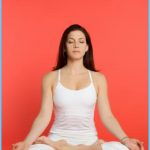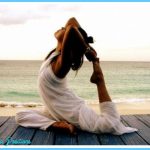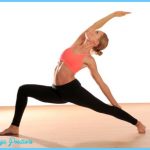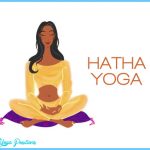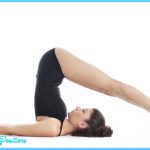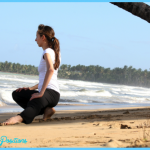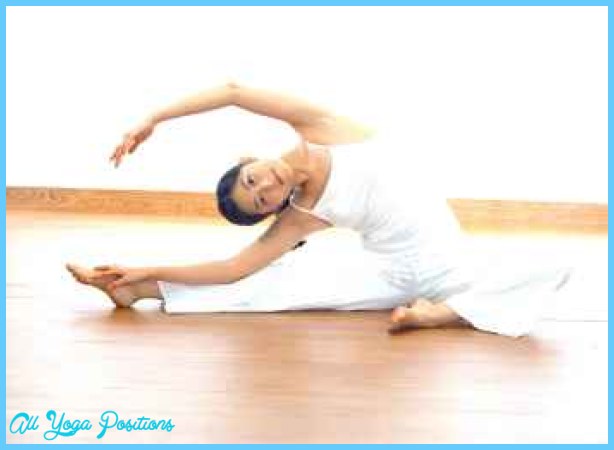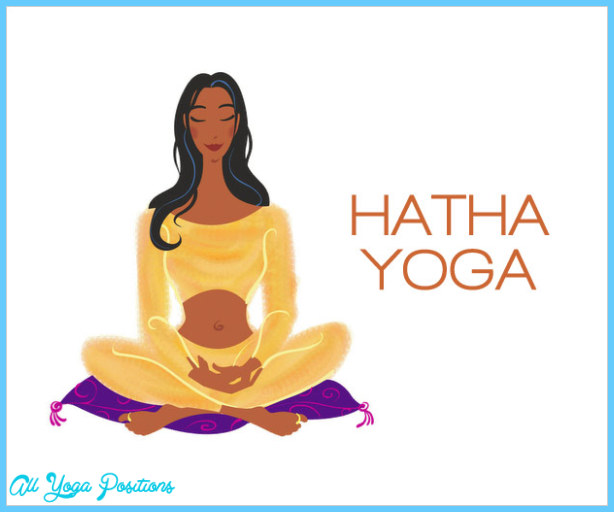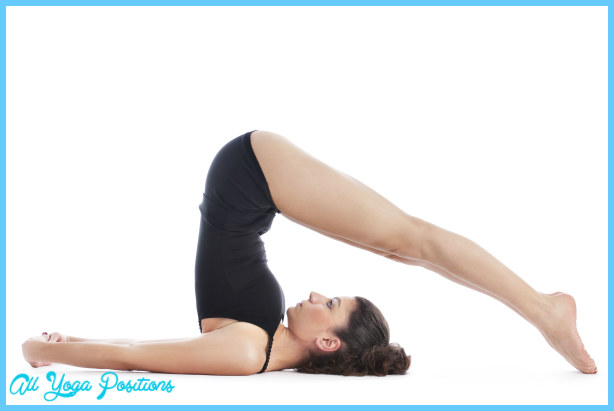Posture as they are with deriving a sense of fluidity and inner peace when doing the postures. A few schools of yoga crank up the heat to rid the body of impurities, and other schools use props for the asana. There are yoga teachers that give a modicum of instruction, while others are more detailed. There are schools with flexible approaches that integrate several different hatha approaches to yoga, and other less lenient schools that adhere to one distinct approach.
Yoga strives to balance the mind, body, and inner peace. Anyone can do yoga, and people choose to practice yoga for diverse reasons. The top three reasons people practice yoga are to reduce stress, to become more anatomically flexible, and to relax the mind. The phenomenon of yoga has inspired a scholarly, spiritual, and personal interest in some of yoga’s ancient writings and language. While yoga is not a religion, it incorporates the teachings and philosophies of world religions. Some people find following the spiritual teachings of a guru the best approach to yoga; others are just as happy to take a yoga class once a week. Most yoga practitioners do hatha, or physical, yoga which is just one of the six diverse branches of the practice.
You will have to find the approach that best suits your personality. No matter what the approach, keep in mind that the asana have been tempered in many instances to reflect on our Western body types and lifestyles.
Okay, maybe you’re thinking, Boy, this is a far cry from putting on a leotard or a pair of baggy pants and a shirt, throwing a towel on the floor, and physically rolling into postures. Or perhaps you’re thrilled you’re not the physical type and you are glad to know that there are other avenues or paths to yoga, that there is much more to yoga than just physical postures. As you have seen, there are six distinct branches of yoga practice that you might encounter on your search for a yoga class.
However, the most common type of yoga practiced is hatha yoga, and the majority of people interested in yoga seek out hatha. So it is wise to look at the different schools of hatha before beginning a class. The next chapter explores the numerous choices and diversity within the hatha yoga system and gives an introduction to the essential asana (posture work) and pranayama (breathing exercises).
By practicing one or two of these breathing exercises you will begin to see and feel how your breathing reflects on your daily activities. Full yogic breathing leads to a calmer state of mind.
In the following chapter you will marvel at how flawlessly interdependent the body and the breath work together when performing asana.
The ultimate goal in pranayama is to focus the mind. In hatha yoga, the postures utilize the most basic pranayama practices. When practicing asana, we pay attention to our breath and how our breathing affects the asana. There is a clear connection between the mind and the body, breathing and movement. As the asana strengthen the body, pranayama helps to focus the mind. Your rate of breathing and your state of mind are inseparable.
Benefits:
Improves posture; balances the body; focuses the mind.
Instructions:
1. Stand with your feet together or slightly apart. The weight of your body should be evenly distributed between the toes, balls, and heels of your feet.
2. Keep your knees as straight as possible without locking them Pay attention to your stomach, but do not suck it in or let it sag.
3. Keep your shoulders and arms relaxed and straight. Arms remain at your sides.
4. Your head should look straight ahead. Do not strain your neck muscles.
5. Relax your eyes and try to organize the body from head to toe as you breathe. Your breathing should be clear and strong as it moves through you.
6. Your inhalation and exhalation should be natural, giving you a sense of relaxation.
Your left leg, near your knee. Place your right heel and foot on the floor. Keep the spine erect.
3. Stretch both arms out to the side and bring the left arm to the outside of the right knee; twisting to the right, place your right hand on the floor behind you.
4. Exhaling, twist as far as possible as you look over your shoulder.
5. Do not lift your shoulders.
6. To come out of the pose, gently twist back to the front of your body.
7. Repeat for the opposite side.
Note: Twist only as far as you comfortably can.



